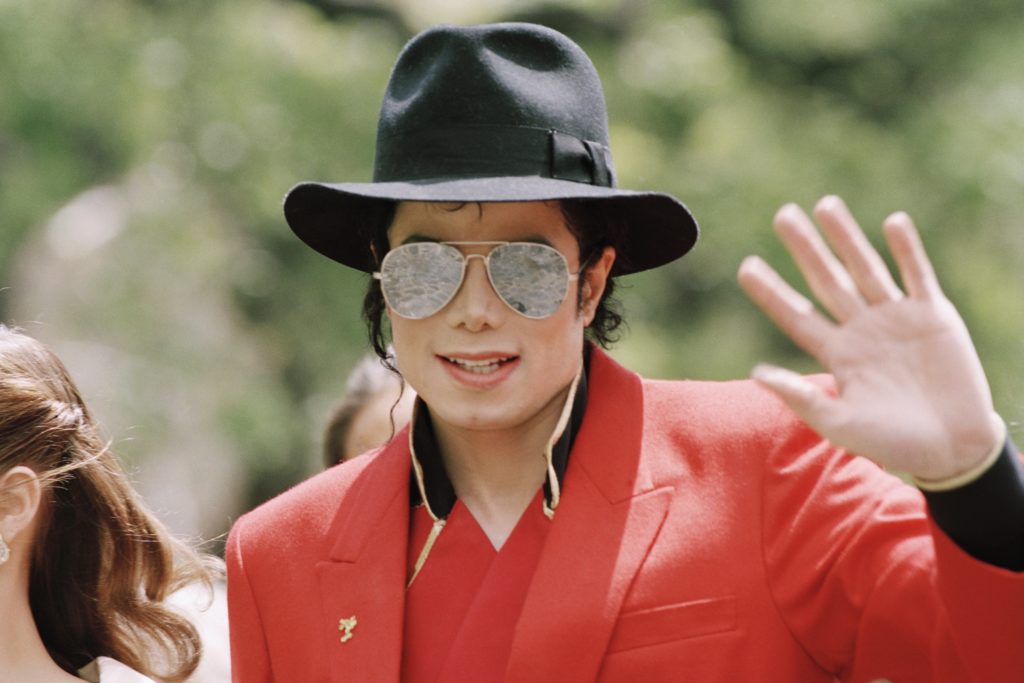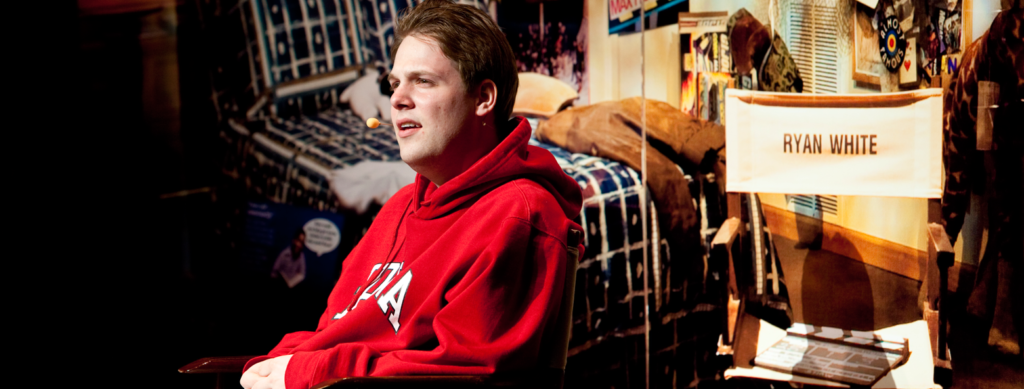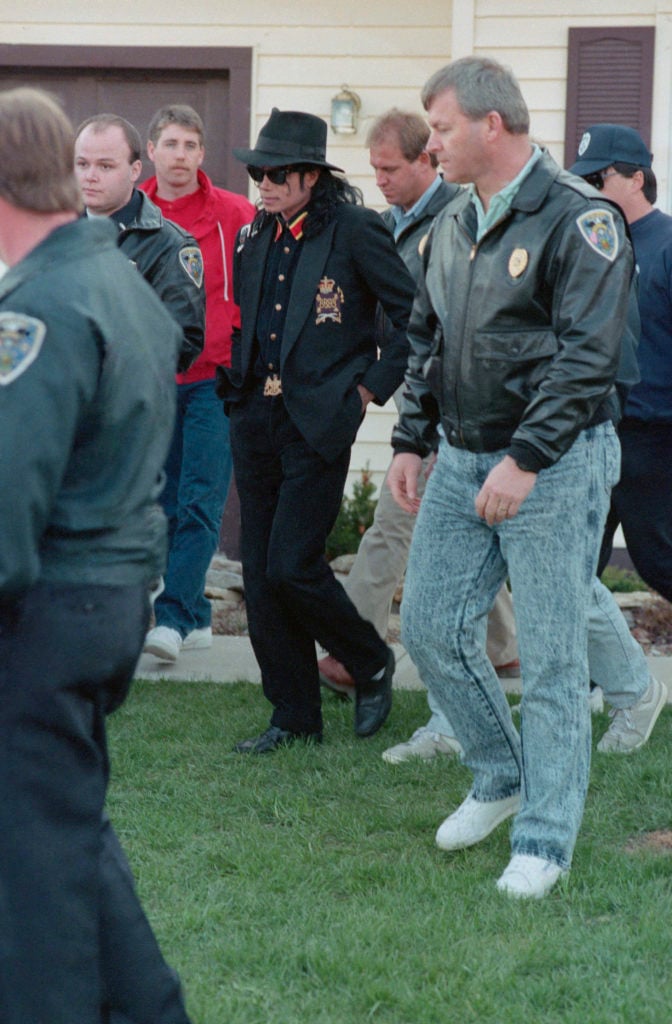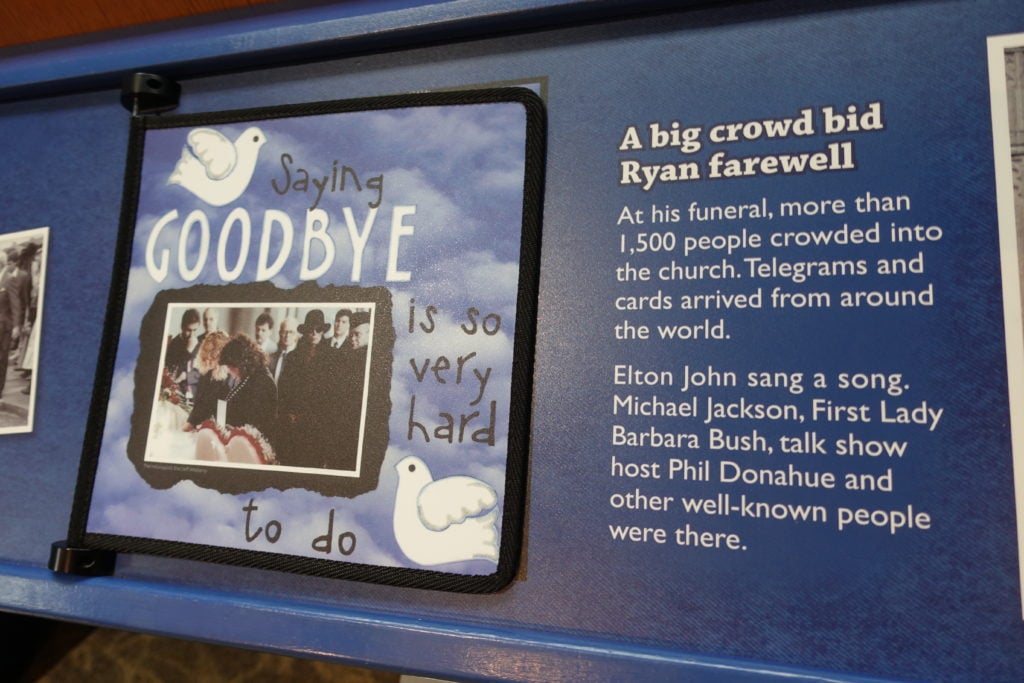Art World
As Allegations Against Michael Jackson Swirl, One Children’s Museum Removes All Its Memorabilia of the Singer
The Indianapolis museum said its decision was a response to allegations that re-emerged in a recent HBO documentary.

The Indianapolis museum said its decision was a response to allegations that re-emerged in a recent HBO documentary.

Caroline Goldstein

The Children’s Museum of Indianapolis has removed three items related to the late pop singer Michael Jackson in response to HBO’s recent documentary Leaving Neverland, which profiles two adult men who recount graphic allegations that Jackson abused them over several years during their childhoods.
“As the world’s largest children’s museum, we are very sensitive to our audience,” the museum said in a statement. Since the documentary “directly involved allegations of abuse against children, we removed those objects while we carefully consider the situation more fully.”

The recreation of Ryan White’s bedroom in the Indianapolis Children’s Museum.
The three items that have been removed include Jackson’s iconic fedora hat and a white sequined glove, which the museum acquired in 2017 at the New York-based Gotta Have Rock and Roll auction house.
A poster of Michael Jackson has also been removed from the show, which is titled “Power of Children” and is dedicated to the theme of children overcoming obstacles throughout history. The show tells their stories through a series of interactive displays that include a replication of the annex where Anne Frank hid during the Holocaust; the classroom where Ruby Bridges, one of the first black students to integrate the white school system, was taught; and a recreation of teenager Ryan White’s bedroom before he died from AIDS-related complications.

Michael Jackson leaves Jeanne White’s home. The singer befriended Ryan White during the boy’s battle with AIDS. Ryan died in 1990 at Riley Hospital for Children in Indianapolis.
At the age of 13, Indiana-native Ryan White contracted AIDS through a blood transfusion to treat his hemophilia, and at the time there was limited public understanding about how the disease was contracted and transmitted. Ryan and his family endured threats and abuse and the boy eventually moved schools after the local community voiced fears that he would infect other children.
As the national conversation heated up, Ryan’s story garnered national attention from celebrity activists like Elton John, Alyssa Milano, and Michael Jackson, who was born in Gary, Indiana. Jackson reached out to Ryan and his family, inviting them to his Neverland Ranch and sending Ryan gifts, including a bright red Mustang and a leather jacket. Ryan had pictures of Michael Jackson in his room while he was alive. The museum’s statement addresses those pictures:
Several Michael Jackson pictures on display in The Power of Children exhibit remain because they are part of a direct re-creation of Ryan White’s room. Ryan’s family found Michael Jackson’s kindness to them to be an important part of Ryan’s story and the pictures of Michael displayed in that exhibit will always be an integral part of the Ryan White story. The poster was removed because it was not part of the original re-creation of Ryan’s room.
After Ryan’s death, Jackson recorded the song “Gone Too Soon” about Ryan, which he performed at Worlds AIDS Day in 1993.
Since the documentary’s release, many art-related institutions are rethinking how they’ll handle the display of Jackson’s music and legacy. In the wake of renewed scrutiny, radio stations in Canada and New Zealand have pulled Jackson’s recordings from their programming, The Simpsons has stopped airing reruns of an episode that guest starred Jackson, and posters reading “MJ INNOCENT” were removed from London’s public buses following an outcry from abuse advocacy groups and related organizations.

One of the Jackson-related photographs that will remain on view at the Children’s Museum. Courtesy of the Indianapolis Children’s Museum.
In the fine arts community, things have been slower to change. The touring exhibition “Michael Jackson: On the Wall,” which originated at the National Portrait Gallery in London, will continue on to its next stop at the Bundeskunsthalle in Bonn, Germany. At the Broad museum in Los Angeles, Jeff Koons’s sculpture Michael Jackson and Bubbles will remain on view, ARTnews reports, though it’s unclear if other editions of the same sculpture will be displayed in the future. In the UK, the National Football Museum has also removed its sculpture of Jackson.
The Smithsonian’s National Museum of African American History and Culture has a slew of costumes and photographs related to Michael Jackson as part of its “Musical Crossroads” exhibition. Representatives did not respond to inquiries about these materials by press time.